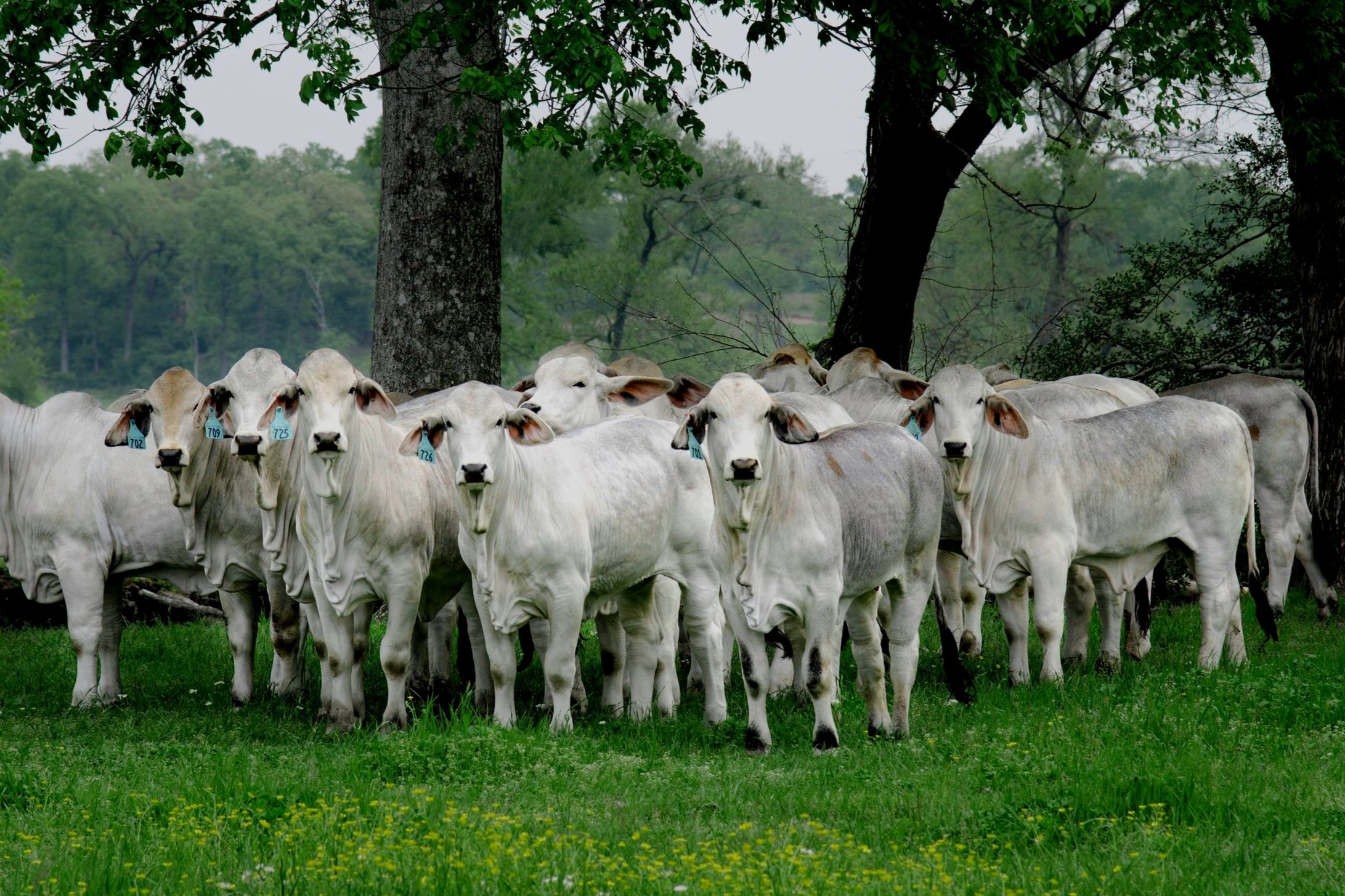
What We’re Seeing in the Field
Sadly, some universities still teach that fertility is not very heritable.
This claim is based on studies that used “indicators” of fertility to study heritability. These studies found that the selected indicators were not very heritable and concluded that fertility must not be either.
But any true cattleman who actually makes money in the cattle business can tell you:
Fertility is extremely heritable.
Perhaps the indicators used in these studies aren't actually good measures of fertility.
Common sense says fertility should be measured by:
- How often a cow has a calf
- How young she is when she first hits puberty
We are conducting our own research and collecting data that benefits the cattleman.
The Theories Below Are Just That — Theories
The ideas below are only theories.
But based on the data we have gathered so far, they are proving valid.
Low Egg Counts, Higher Fertility
Females that can produce a calf every year on fewer inputs often produce fewer eggs during embryo work.
A large production of eggs is actually a symptom of infertility.
Breeders doing embryo work — and claiming their females are fertile because of large egg production — have been one of the largest contributors to infertility problems in the cattle industry.
However, low egg production does not guarantee fertility.
Because this relationship is only one-way, the correlation is difficult for academics to see.
🔗 See the Additional Resources Section for a Brazilian study that supports this theory.
Fertile Cattle Respond Faster to Synchronization Protocols
Females with higher fertility tend to ovulate sooner and respond more quickly to synchronization drugs.
This means they may need to be inseminated earlier than the standard AI timing suggests.
Because of this misunderstanding, it’s likely that some of the most productive, fertile cows have been culled from operations that rely heavily on timed AI.
They weren't infertile — they were too fertile for the schedule being used.
Interestingly, Brahman cattle in Bolivia — selected hard for fertility — now respond to synchronization protocols much like Bos taurus cattle in the U.S., showing how real-world selection pressure can reshape performance.
Shorter Gestation Lengths
Genetics that produce a calf every year on fewer inputs tend to have shorter gestation lengths.
Research from Australia already supports this idea.
And in the field, programs following similar principles to Bos Sires — selecting for fertility, balance, and regional adaptation — are reporting the same pattern:
- Calves from cattle selected for function-first traits are often born earlier than calves from popular "show" genetics.
- Embryo calves from these programs rarely require induction.
- The majority of calves arrive before their due date, unlike many Brahman ET calves, which are often born well after.
We’ll continue studying this phenomenon closely as more data comes in from cattle operations applying these same selection standards around the world.
Dummy Calf Syndrome Is a Symptom of Infertility
Breeders working with sustainable, function-first genetics consistently report lower rates of dummy calf syndrome — whether in natural calves or embryo calves.
We don’t think that's a coincidence.
It seems likely that when a calf is born without the instinct to live, nature is signaling that it was not meant to survive.
Breeders who lean on natural selection seem to avoid this issue more often — and that matters.
Fertile Cattle Marble Better
Genetics that can produce a calf every year on fewer inputs tend to have higher marbling.
Terrible marbling is highly correlated with poor fertility.
Cattlemen who have culled hard for fertility have also been unknowingly selecting for cattle that grade well.
Marbling is fat deposited within muscle — an extra energy source a cow can pull from when resources are limited.
Cattle that don’t marble well tend to burn muscle first when stressed, which leads to earlier culling.
However, high marbling does not guarantee fertility.
Breeding only for carcass qualities, without fertility pressure, likely contributes to infertility problems.
Because this relationship is only one-way, the connection is often missed by academics.
We don’t think it's a coincidence:
- Breeds known for fertility problems (such as the American Brahman) also tend to have poor carcass qualities.
- Breeds known for fertility strength (such as traditional Angus) often grade better.
Still Learning. Still Watching.
We don’t pretend this is the final word.
But we’re seeing these patterns show up often enough, across enough operations, to take them seriously.
We’ll keep gathering data. We’ll keep listening to the cattle.
And we’ll keep updating this page as more signs come in.
If you’re seeing the same things — or noticing something new — send it our way.
The cattle are teaching us. We’re just keeping up.







